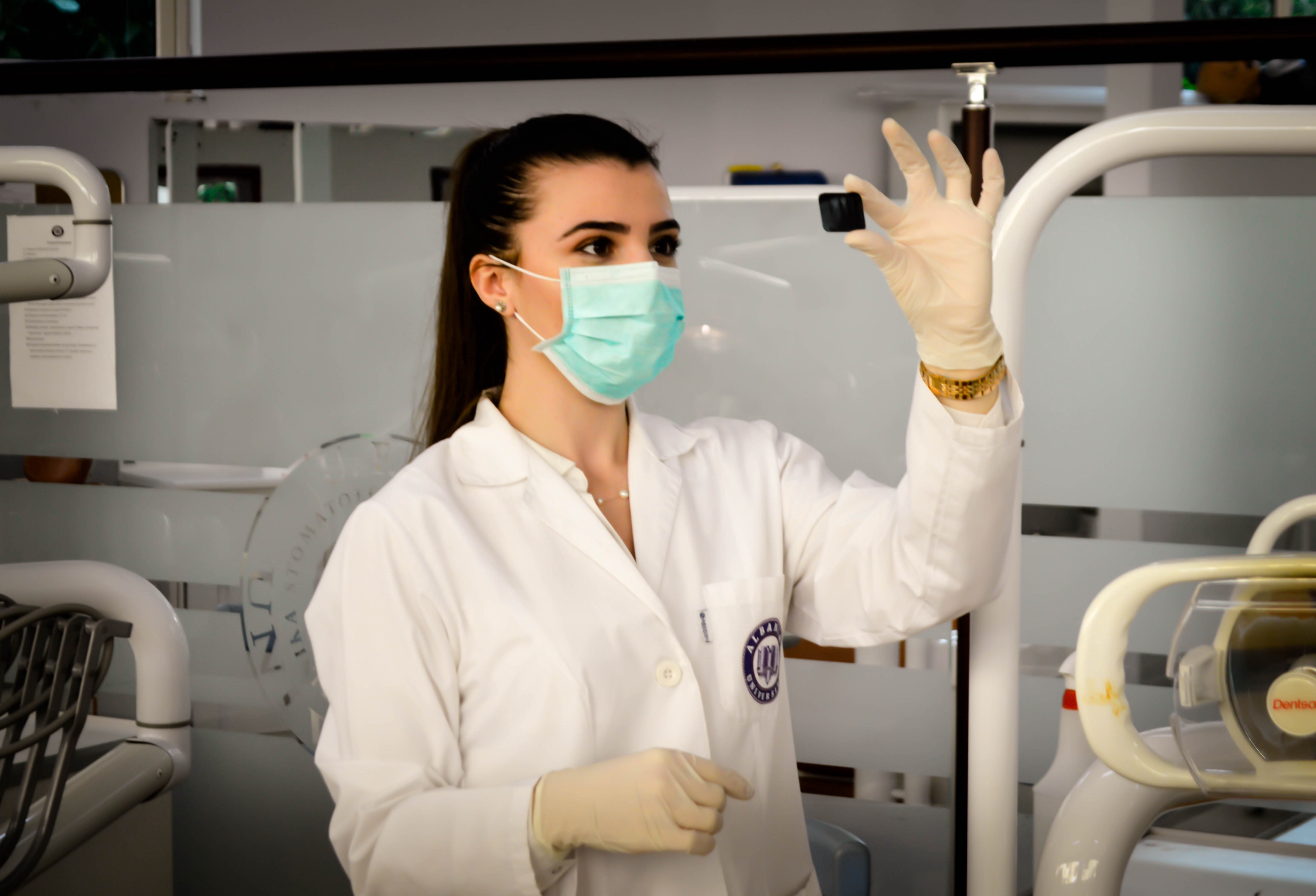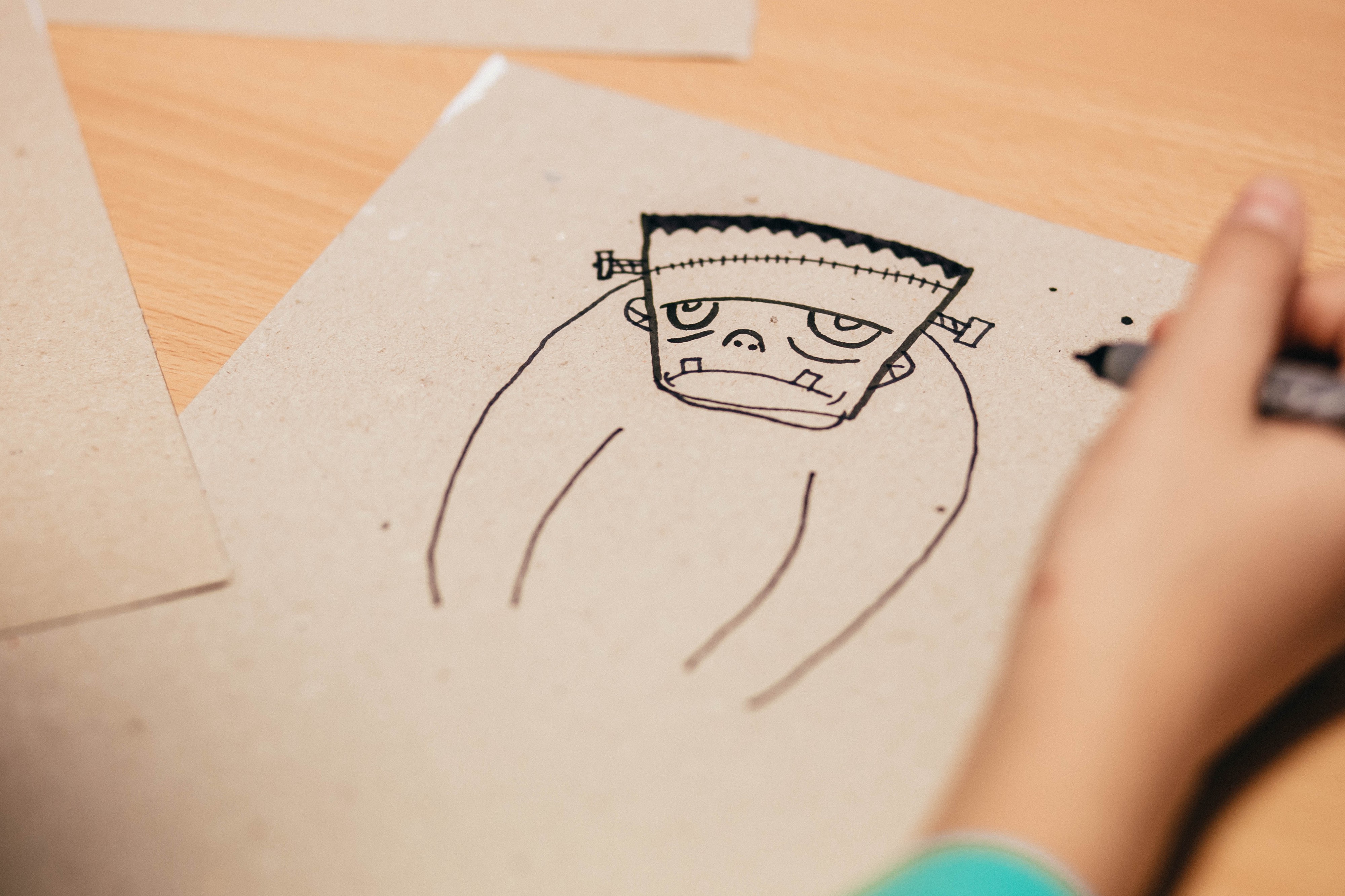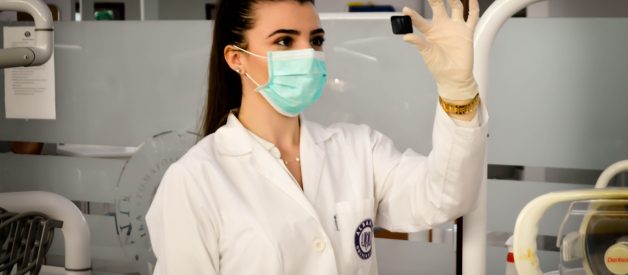Every few weeks, there?s another news story about how we?ve got a promising new drug for cancer. Why haven?t we cured it yet?
 ?The last thousand drugs I tested didn?t do anything to stop the cancer, but maybe this? this could be the one!? Photo by Ani Kolleshi.
?The last thousand drugs I tested didn?t do anything to stop the cancer, but maybe this? this could be the one!? Photo by Ani Kolleshi.
There?s a very interesting path that new discoveries take, in moving from a peer-reviewed scientific paper, to science journalism and press releases, to regular news.
Generally, many of the main facts tend to stay there, but the edges become fuzzy and distorted. Important qualifying details are sometimes lost, and the tone of the discovery becomes more extreme.
A great example of this is the recent buzz (sorry) about ?murder hornets? from Asia being found in the United States. As the older brother of a bee expert who has written on this topic, I?ve heard about several misconceptions and challenges from how this story?s been reported:
- These Asian Giant Hornets aren?t actually called ?murder hornets?, at least until now ? this is a new nickname that hasn?t been used by scientific researchers and seems to have come from the press.
- There have been only scattered identification of the new giant Asian hornet species, only in Washington state. They aren?t scattered all across the US.
- Enough stings from these hornets can kill, but that?s not unique to this species. 30?40 wasp stings are enough to kill a person.
How did these regular facts, slightly concerning but certainly not the kind of stuff to inspire insanity, turn into a nation-wide freakout about ?murder hornets??
And what does this have to do with cancer, or a potential cure for it?
The problem is that, on an almost weekly basis, I see articles like this in my news feed:
?Research offers hope of cancer breakthrough?
?Researchers make breakthrough in liver cancer immunotherapy?
?New cancer drug shrinks tumors, reduces side effects, in animal studies?
?Drug discovered by Louisville professor could be breakthrough treatment of coronavirus? ? although the drug was originally hailed as a ?cancer killer?
?Scientists unlock the key to cancer?s emergency brake?
All of those articles were published within the last month, and they?re all about different drugs, targeting cancer in different ways. (In order, drug-loaded micelles that correct a cancer-controlling gene, training our immune system to fight cancer, an inhibitor to block tumor growth, synthetic DNA that binds to cancer cells, and an enzyme that slows the growth of tumors.)
Man, we?ve really got this disease on the ropes now, haven?t we? We?ll have it defeated any day now!
The problem is that I?ve been seeing articles like this, with the same headlines (breakthrough! key to cancer! incredible new treatment! completely effective!) for years.
And as far as I know, cancer isn?t cured, not the way that we can clear up an ear infection or an STD.
What?s going on? Where?s my damn cancer cure?
Challenges of Inter-Species Translation
One of the first big challenges with finding a real, actual, working cure for cancer is the fact that we aren?t all mad scientists.
In the movies, scientists don?t seem to have any second thoughts about experimenting on human subjects, often without obtaining consent. Usually, there?s extenuating circumstances (we?re facing a zombie plague that will destroy humanity, or the scientist is an insane criminal who has kidnapped victims for his experiments), but the point still stands ? in the real world, we can?t give unproven, untested, potentially deadly new treatments to people.
 ?It?s a very nice drawing, Dr. Hodges, but this Institutional Review Board is not going to approve your funding request to bring a corpse back to life with the power of lightning!? Photo by freestocks.
?It?s a very nice drawing, Dr. Hodges, but this Institutional Review Board is not going to approve your funding request to bring a corpse back to life with the power of lightning!? Photo by freestocks.
This is why we use cell lines and animal models. Cell lines are cultured cells that live in a Petri dish or in a beaker in a fridge, not inside a living, breathing animal. We have cell lines that model many different cancers, and they?re a great way to test new drugs.
We also know how to give mice? pretty much every kind of cancer. It?s actually pretty crazy to think about; to mice, we?re essentially gods, able to engineer them to be fat or thin, healthy or cancerous. Mice provide a great avenue for testing potential cancer therapies.
Nearly 2 out of 3 ?wonder drug? treatments that cure mice don?t have the same benefits in humans.
The problem? Humans aren?t mice ? and treatments that may work on cell lines or on mice don?t always (or even usually) work on humans.
Even looking at some of the strongest effects observed in mice, these same treatments only successfully transfer over to humans around 37% of the time. That means that nearly 2 out of 3 ?wonder drug? treatments that cure mice don?t have the same benefits in humans.
And guess what most of these excited articles about ?the silver bullet to stop cancer? are about?
That?s right ? animal or cell line models. That?s because these often come out of academic labs, where there isn?t the funding to launch actual clinical trials. The academic lab identifies potential drug candidates, shows that they work in an animal or cell line model, and then sells the work to a pharma company with the deep pockets to move this over to humans.
These articles drive hype about new potential treatments ? but they?re getting us excited about successfully making it past step 1? out of at least a 10-step treatment. There?s still 9 more hurdles to cross!
It takes time to cross those hurdles, too. Which brings us to?
Tortoise or Drug Development: Which Is Slower?
Guess how long it takes to bring the average anti-cancer drug to market?
A) Six months to a year
B) Two years to five years
C) Five years to seven years
D) Seven to fifteen years
If you guessed option D, because you?re a pessimistic Gloomy Gus, you?re right! Reality is bleak, just like you believed!
 Pictured: faster to cross the finish line than the next cancer treatment. Photo by Aron Visuals.
Pictured: faster to cross the finish line than the next cancer treatment. Photo by Aron Visuals.
Oh, and there?s also an associated price tag of around $648 million, per drug.
Oh, and the odds of any single drug making it all the way to market is less than 12%.
I wonder why journalists aren?t including these statistics in their feel-good, ?we?ve got cancer on the run now, thanks to our new super-drug? articles?
Admittedly, that slow and expensive drug development lifecycle is there for a reason. This is how we make sure that these drugs actually work on cancer better than existing alternatives, and how we do our best to verify that there aren?t side effects. These multiple stages of clinical trials are important.
As well, the FDA also has special programs for orphan drugs, which are drugs developed to treat rare conditions. There aren?t enough people suffering from these conditions for a pharmaceutical company to pay for a full set of clinical trials ? so the FDA allows them to go through a faster, steeply discounted process.
For cancer drugs, however, this usually isn?t an option. All those exciting new cancer therapies linked at the start of this article will have to go through the long and rigorous road of testing, costing the drug development companies up to $2.7 billion dollars each, before they?re approved to be given to patients by doctors.
And this is assuming that they?re even tried on the right kind of cancer?
Cancers Are Like Skittles; Different Flavors, and No One Likes Them
Given the choice, would you rather get lung cancer, or breast cancer?
Some people might assume that it doesn?t matter; cancer is cancer. These people, however, would be wrong. Treatment approaches and survival rates vary widely among cancer types.
We?re not fighting one disease here. We?re fighting ten thousand diseases, each one slightly different from the others and requiring its own adjusted strategy.
Lung cancer, for example, has a 1-year survival rate of around 50%. After five years, only around 16% of people with lung cancer are still alive.
Breast cancer, on the other hand, has a survival rate of around 90%.
Even within a cancer type, there are different varieties. Breast cancer tumor cells may be estrogen positive, estrogen negative, progesterone positive, progesterone negative, HER2 positive, or HER2 negative. They may also be any combination of these traits, depending if they have the receptors for each molecule or not.
This means that, even if someone has ?breast cancer?, their survivability may vary widely. Localized, receptor-positive breast cancer has a 5-year survival rate of over 99%. Regional, triple-negative breast cancer has a 5-year survival rate of 65%.
This means that any given drug doesn?t treat ?cancer.? Each drug treats a specific type of cancer. If your cancer has different characteristics, that drug won?t work on you.
We?re not fighting one disease here. We?re fighting ten thousand diseases, each one slightly different from the others and requiring its own adjusted strategy.
That means that, even if we find a drug that battles one head of the hydra, we still need to find other treatments for each of the other 9,999 heads.
So, where?s my damn cancer cure that all these headlines keep promising me?
Unfortunately, it:
- Hasn?t been shown yet to work the same in humans as it does in animal or cell line models;
- Will take years to progress through the clinical trials process to show that it?s safe, effective, and doesn?t cause unreasonable side effects;
- Likely only targets a couple specific types of cancer, instead of working on all the many, many types that can occur.
Put these factors together, and there?s one clear lesson:
We need to stop getting so invested in these press articles that hype up minor, incremental discovery. Yes, some new drug discovery could turn out to be a massive game changer ? in five to ten years, after it?s gone through the proper trials and testing.
We?re getting better each year at curing cancer, all types of cancer ? but there?s not likely going to be any sort of ?silver bullet?, no matter what a journalism press release says.

